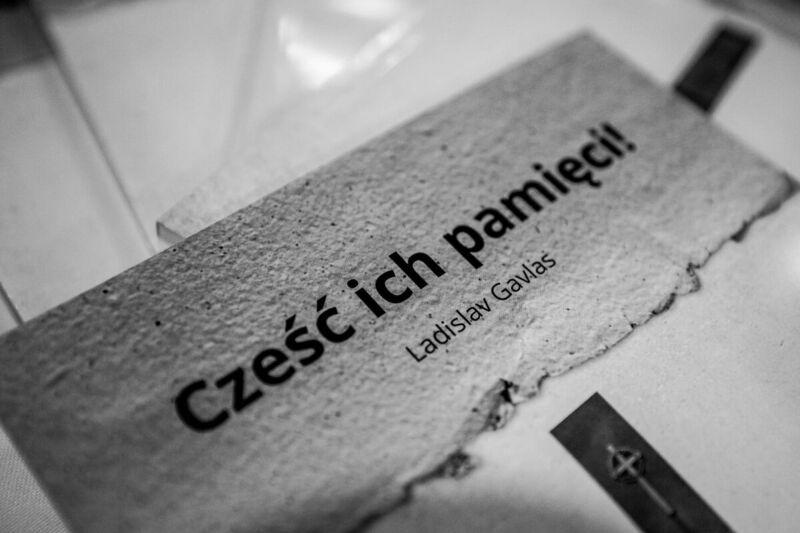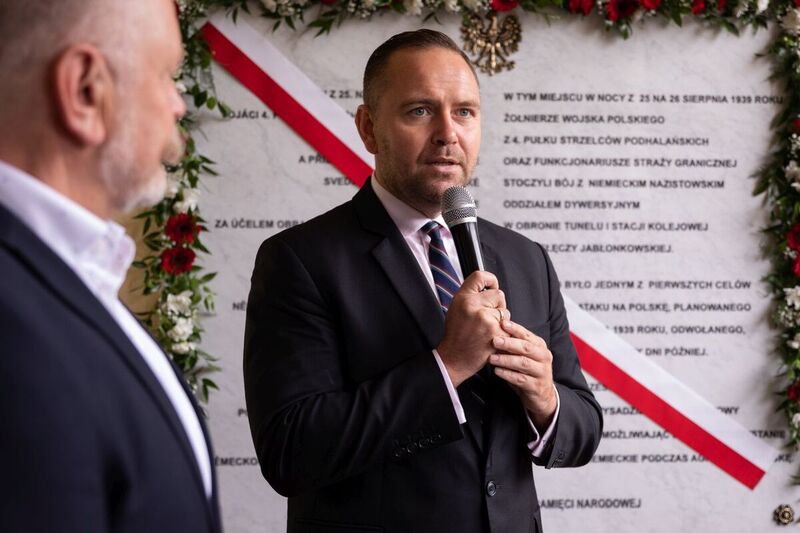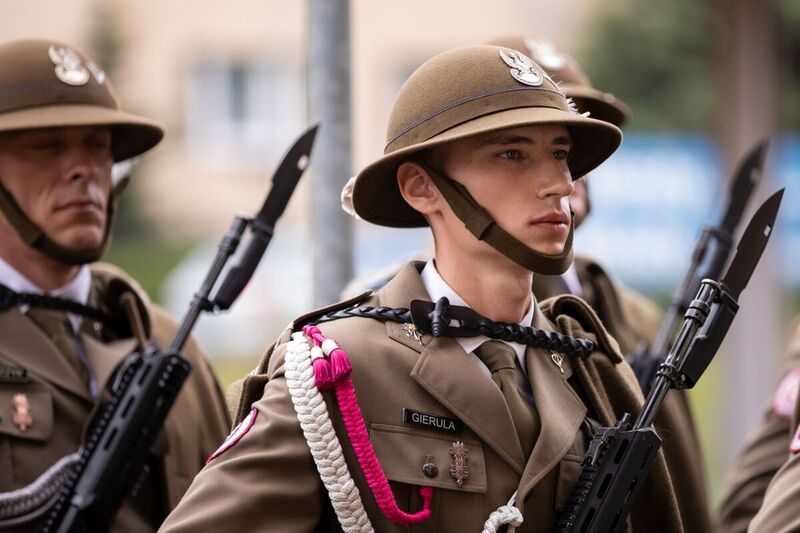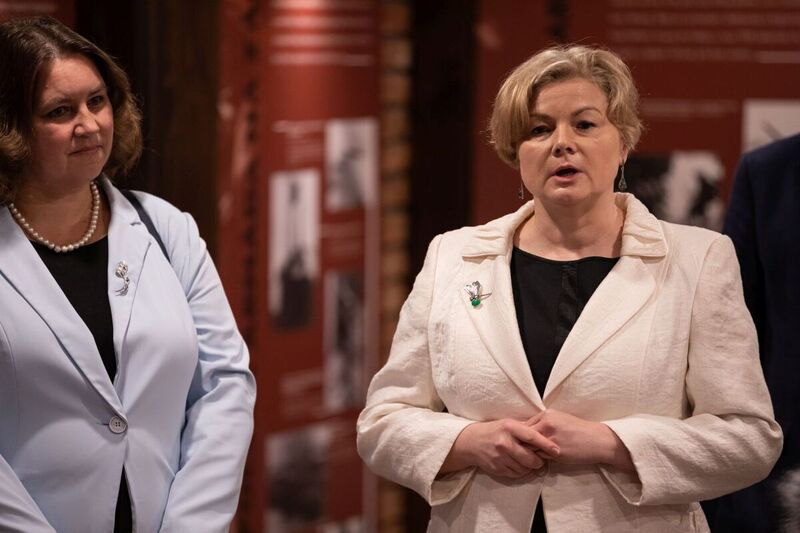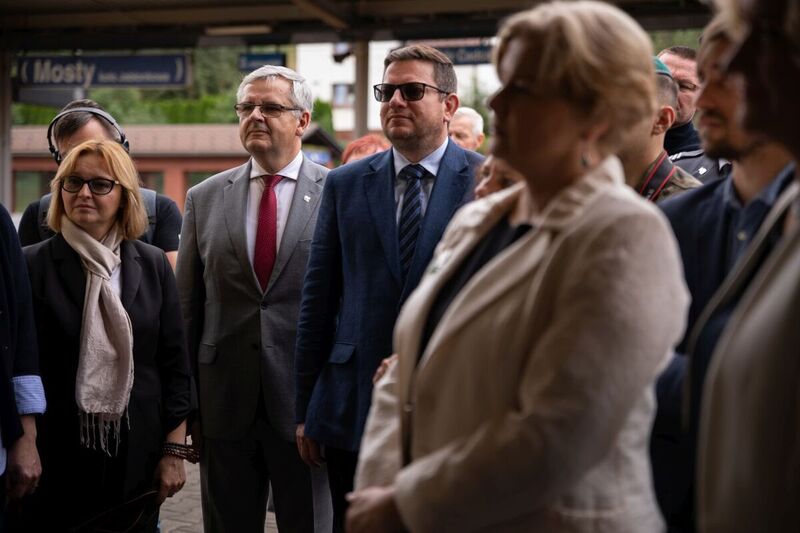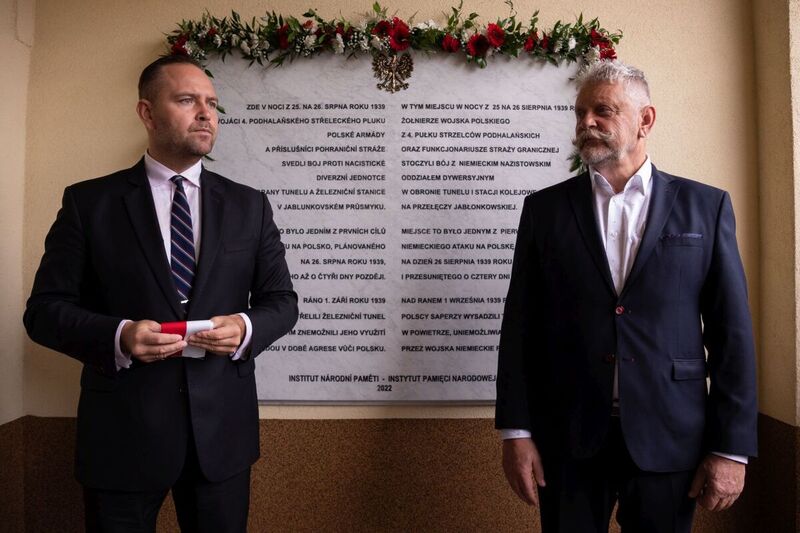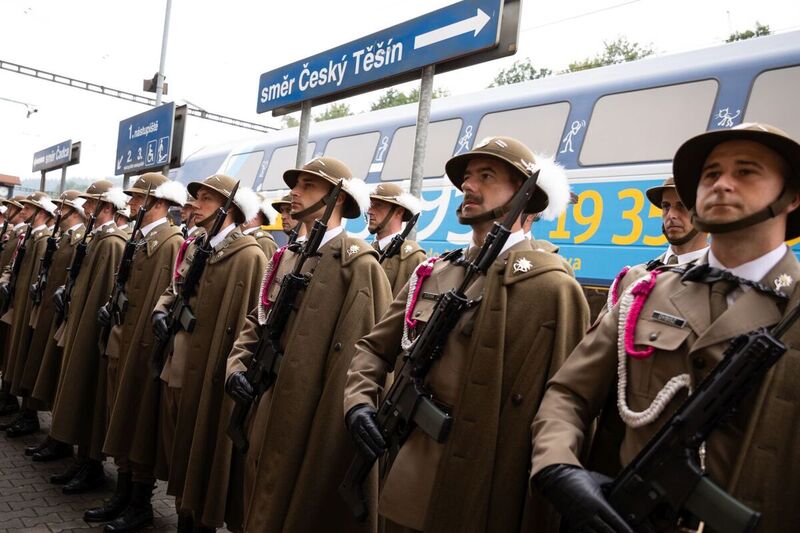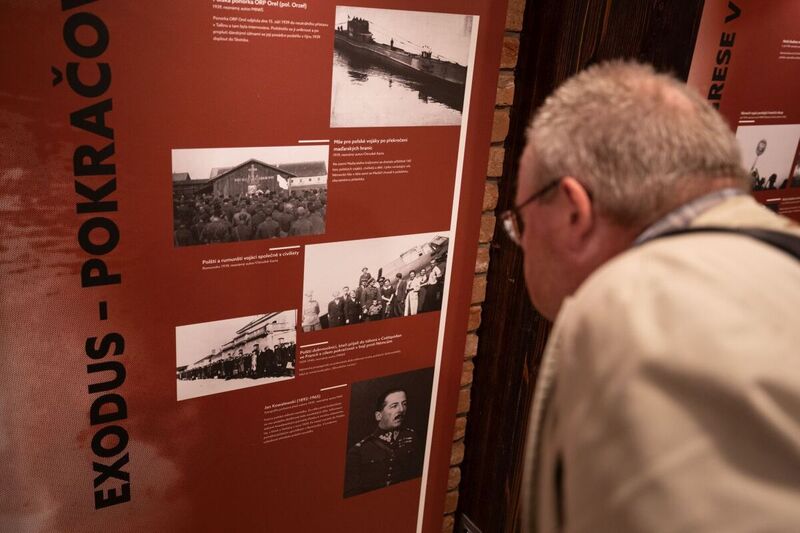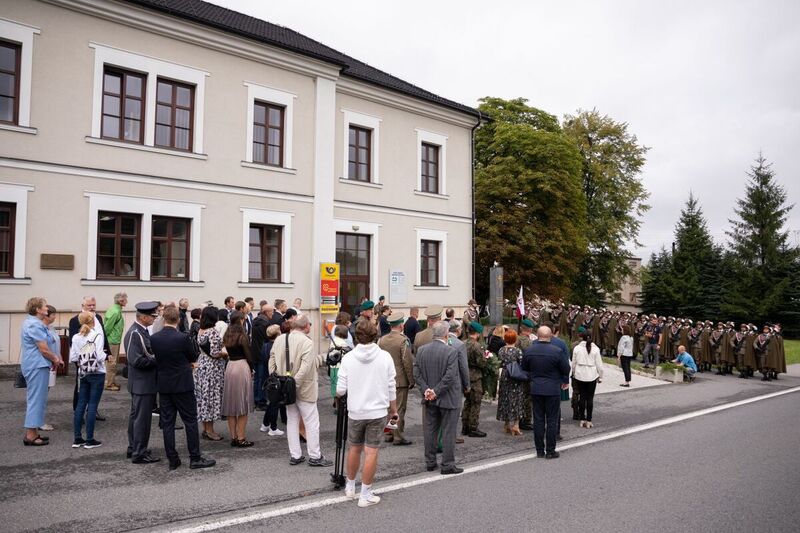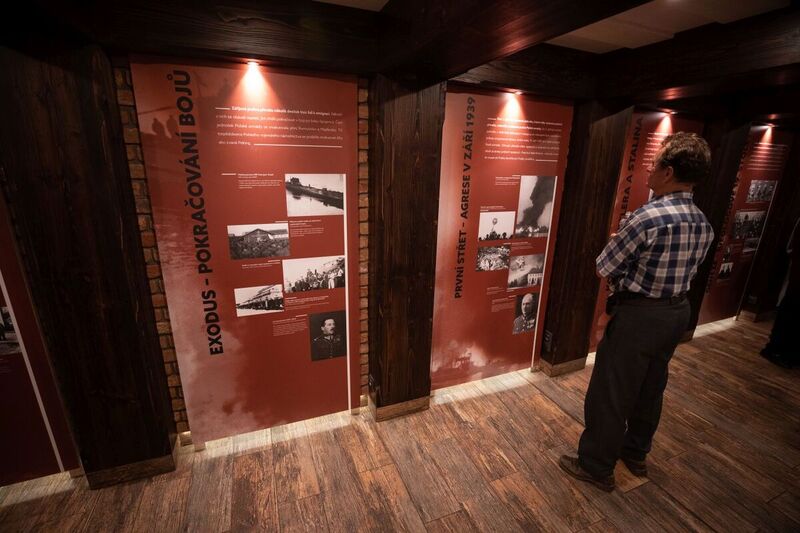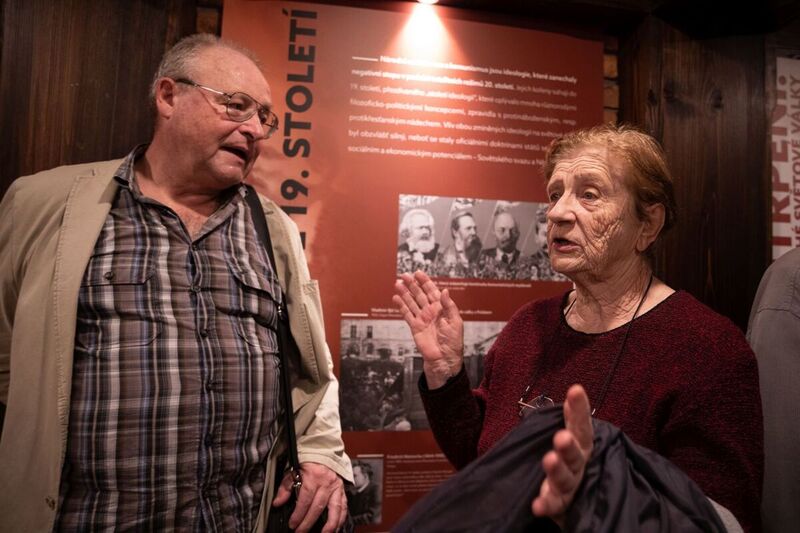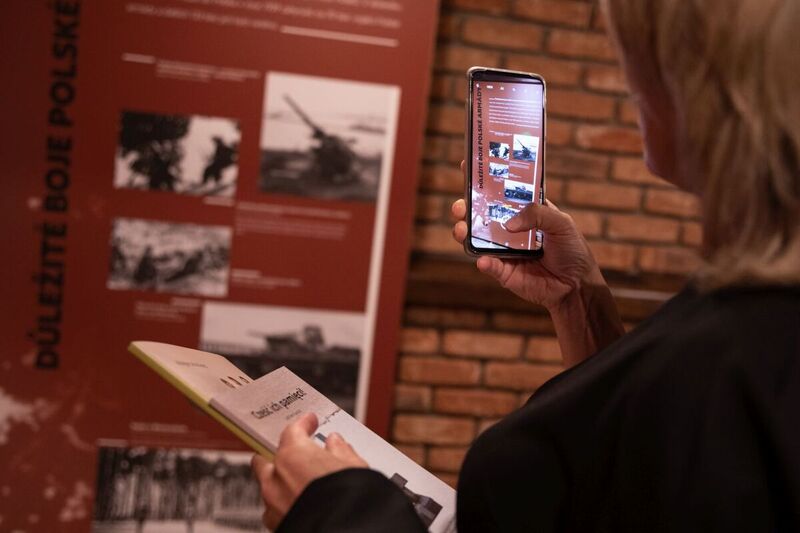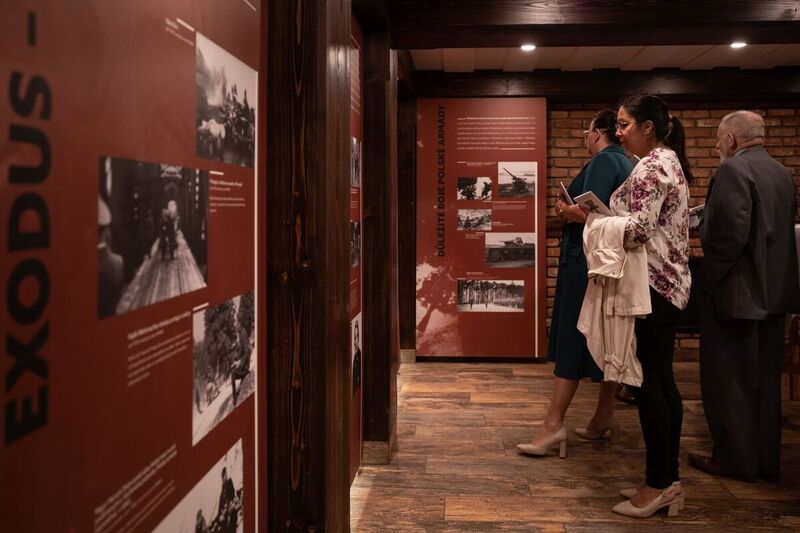The German invasion of Poland was about to start in August 1939
In fact, the first WW2 commando operation was carried out six-days before the war officially broke. How did that happen? Hitler planned to invade Poland on 26 August 1939, but when the Anglo-Polish military alliance was signed a day earlier, he postponed the invasion.
The order however didn’t reach all the German units. One of them was a special Abwehr commando, led by Hans-Albrecht Herzner (the future commander of the Ukrainian Nightingale Battalion) ordered to capture a strategically important railway tunnel and a train station near the Polish-Slovakian border.
The failed German commando attack in the Mosty village near Jabłonków turned into a chaotic exchange of fire which only alerted the Poles. In the darkness and unfamiliar terrain, the Germans not only got lost but also split into two groups. In addition, contrary to the instructions Herzner and an Abwehr NCO wore uniforms with the insignia of their units. This made it very difficult for them to explain the whole "incident" to the Polish side.
The German invasion didn’t follow. What happened next instead, was a series of incidents near the Polish borders. They were inspired by the Germans to justify their invasion of Poland.
The Tarnów train station bombing and the Gleiwitz incident were all staged by the Germans. Those fake “Polish attacks” were all false flag operations. They were widely used by the German propaganda to convince the world that “Poland started the war”!
A plaque commemorating the August 1939 clash between the German commando and Polish soldiers and border guards near Jabłonków, was unveiled today by the IPN President Karol Nawrocki, Ph.D. and the Mayor of Mosty Municipality Andrzej Niedoba. The ceremony was organised by the Consulate General of the Republic of Poland in Ostrava, in cooperation with the Institute of National Remembrance and the Mosty Municipality.
The palque was cofinanced by the IPN.
The "Memory and Suffering" exhibition devoted to the victims of World War II was also presented during the event. It was presented in Czech thanks to the Polish Institute in Prague.
“The Herzner enterprise in Jabłonków might seem insignificant and downright ridiculous, but it foreshadowed the great tragedy – the outbreak of Worlkd War II,” commented Karol Nawrocki.“Someone may ask, so where and when exactly did the Second World War break out? Was it here near Jabłonków in August 1939? Or was in it Westerplatte or Wieluń? In struggle and suffering, chronology is irrelevant. Was it the heroic attitude of Poles in September 1939, the deeds of the Home Army, the struggle of Polish soldiers fighting alongside their Allies - our wartime fate reminds us how deeply we are attached to our independence”, said the IPN President.

